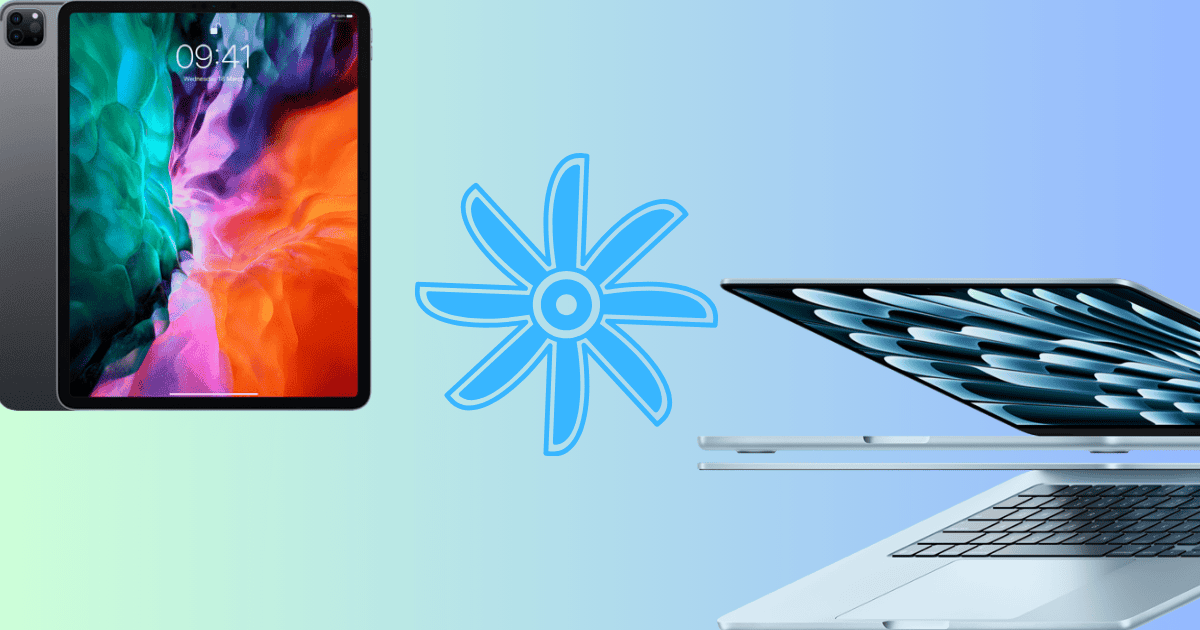I love both my iPad Pro and MacBook Air because they can handle pretty intense tasks like graphic design and video editing. But I’ve noticed that my iPad Pro is ahead of the MacBook Air when it comes to efficient cooling.
Despite being thinner and lighter, the iPad Pro seems to handle heat dissipation better. Why does the iPad Pro have better cooling than MacBook Air? Well, I did some digging and found that the answer is in the design and optimization of both devices. Here’s a quick breakdown.
Different Cooling Mechanisms
Both the iPad Pro and MacBook Air use passive cooling systems. But there is still a difference in how these operate due to their design and intended use.
The iPad Pro efficiently disperses heat through its aluminum body, without the need for fans. Its internal components are arranged to maximize heat transfer, which keeps the surface temperatures low.
While the MacBook Air also uses passive cooling, it is more prone to heat buildup because its chassis isn’t as thermally optimized for quick heat dissipation. That’s why you’ll often find your MacBook Air running a bit hot during resource-intensive tasks like graphics work, video editing, or gaming.
This is just one of the things to keep in mind when deciding between the M4 MacBook Air vs M4 iPad Pro.
Design Differences
The iPad Pro is designed to be hand-held, so it’s thinner, flatter, and touch-based. This means Apple has probably prioritized heat control across the surface to keep the device comfortable to hold. Its compact internals and direct contact between the chip and outer shell allow for quicker heat dispersion.
On the other hand, the MacBook Air is designed like a traditional laptop so there is less direct thermal contact between the processor and the enclosure. This can limit its passive cooling efficiency. You are also not touching the bottom of the laptop directly so it doesn’t matter as much if it gets somewhat warm.
Performance and Workload Differences
Now, let’s talk about software—they also have a role to play. iPadOS on the iPad Pro is optimized for mobile performance and power efficiency. This means that the iPad Pro rarely heats up even running heavy apps.
However, macOS on the MacBook Air often handles multitasking with heavy desktop apps, which can generate more heat. The absence of a fan makes it more difficult to manage this heat. So, the device tends to run hot when you’re doing a lot on it. The system also throttles performance to cool down when needed.
I hope this has helped clear things up! You might also like to read more about the fanless design of the MacBook Air vs MacBook Pro to explore this topic further.
